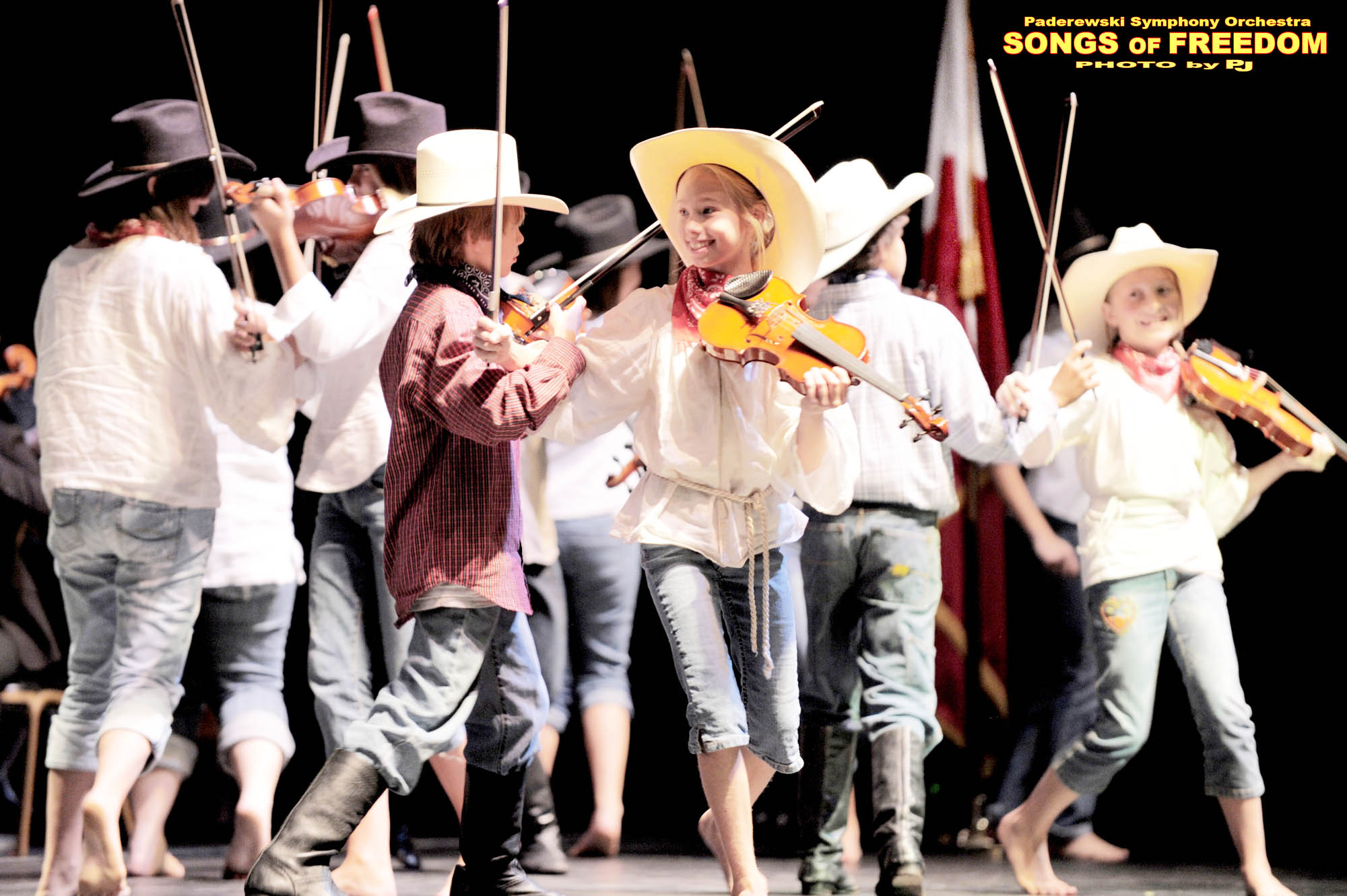The National Association for Music Education
Success in society
Perhaps the basic reason that every child must have an education in music is that music is a part of the fabric of our society. The intrinsic value of music for each individual is widely recognized in the many cultures that make up American life — indeed, every human culture uses music to carry forward its ideas and ideals. The importance of music to our economy is without doubt. And the value of music in shaping individual abilities and character are evident. – MENC
Data show that high earnings are not just associated with people who have high technical skills. In fact, mastery of the arts and humanities is just as closely correlated with high earnings, and, according to our analysis, that will continue to be true. History, music, drawing, and painting, and economics will give our students an edge just as surely as math and science will. – Tough Choices or Tough Times: The report of the new commission on the skills of the American workforce, 2007, page 29; www.skillscommission.org
The arts provide one alternative for states looking to build the workforce of tomorrow - a choice growing in popularity and esteem. The arts can provide effective learning opportunities to the general student population, yielding increased academic performance, reduced absenteeism, and better skill building. An even more compelling advantage is the striking success of arts-based educational programs among disadvantaged populations, especially at-risk and incarcerated youth. For at-risk youth, that segment of society most likely to suffer from limited lifetime productivity, the arts contribute to lower recidivism rates; increased self-esteem; the acquisition of job skills; and the development of much needed creative thinking, problem solving and communications skills. Involvement in the arts is one avenue by which at-risk youth can acquire the various competencies necessary to become economically self-sufficient over the long term, rather than becoming a financial strain on their states and communities. – The Impact of Arts Education on Workforce Preparation, May 2002, The National Governors Association; http://www.nga.org/cda/files/050102ARTSED.pdf
The abilities associated with the humanities and the arts are vital, both to the health of individual nations and to the creation of a decent world culture. These include the ability to think critically, to transcend local loyalties and to approach international problems as a “citizen of the world”. And, perhaps most important, the ability to imagine sympathetically the predicament of another person. One of the best ways to cultivate sympathy is through instruction in literature, music, theatre, fine arts and dance.
When people put on a play or a dance piece together, they learn to cooperate – and find they must go beyond tradition and authority if they are going to express themselves well. The sort of community created by the arts is non-hierarchical – a model of the responsiveness and interactivity that a good democracy will also foster in its political processes. And not the least, the arts can be a great source of joy. Participation in plays, songs and dances fills children with happiness that can carry over into the rest of their education.
We need to favor an education that cultivates the critical capacities, that fosters a complex understanding of the world and its peoples and that educates and refines the capacity for sympathy. In short, an education that cultivates human beings rather than producing useful machines. If we do not insist on the crucial importance of the humanities and the arts, they will drop away. They don’t make money; but they do something far more precious; they make the world worth living in.
– Martha Nussbaum, Ernst Freund Distinguished Service Professor of Law and Ethics, University of Chicago; Newsweek International, August 21 – 18, 2006; “Teaching Humanity”; http://www.msnbc.msn.com/id/14322948/print/1/displaymode/1098/
Secondary students who participated in band or orchestra reported the lowest lifetime and current use of all substances (alcohol, tobacco, illicit drugs). – Texas Commission on Drug and Alcohol Abuse Report. Reported in Houston Chronicle, January 1998
The U.S. Department of Education lists the arts as subjects that college-bound middle and junior high school students should take, stating "Many colleges view participation in the arts and music as a valuable experience that broadens students’ understanding and appreciation of the world around them. It is also well known and widely recognized that the arts contribute significantly to children’s intellectual development." In addition, one or two years of Visual and Performing Arts is recommended for college-bound high school students. – Getting Ready for College Early: A Handbook for Parents of Students in the Middle and Junior High School Years, U.S. Department of Education, 1997; http://www.ed.gov/pubs/GettingReadyCollegeEarly/step2.html
The fact that choral singing is a communal activity is especially significant today when we increasingly rely on internet-based communications, rather than face-to-face interaction. Several recent studies have shown a significant decline in civic engagement in our communities. Robert Putnam, Harvard University’s Kennedy School of Government scholar, asserts that the significance of choral singing goes beyond music making, and even beyond the arts. He sees group performing as contributing directly to the social trust and reciprocity that is the basis of civic engagement. His work shows that the mere existence of choral groups helps foster America’s democratic culture…
Chorus America found that choral singers are far more likely to be involved in charity work, as volunteers and as donors (76 %), than the average person (44% according to a 2001 report by Independent Sector). Choral singers are also more than twice as likely as non-participants to be aware of current events and involved in the political process. They are also twice as likely as the general public to be major consumers of other arts – and not just music. – America’s Performing Art: A Study of Choruses, Choral Singers, and their Impact (Chorus Impact Study, 2003); www.chorusamerica.org
Success In school and learning
Success in developing intelligence
Success in life

|


|







